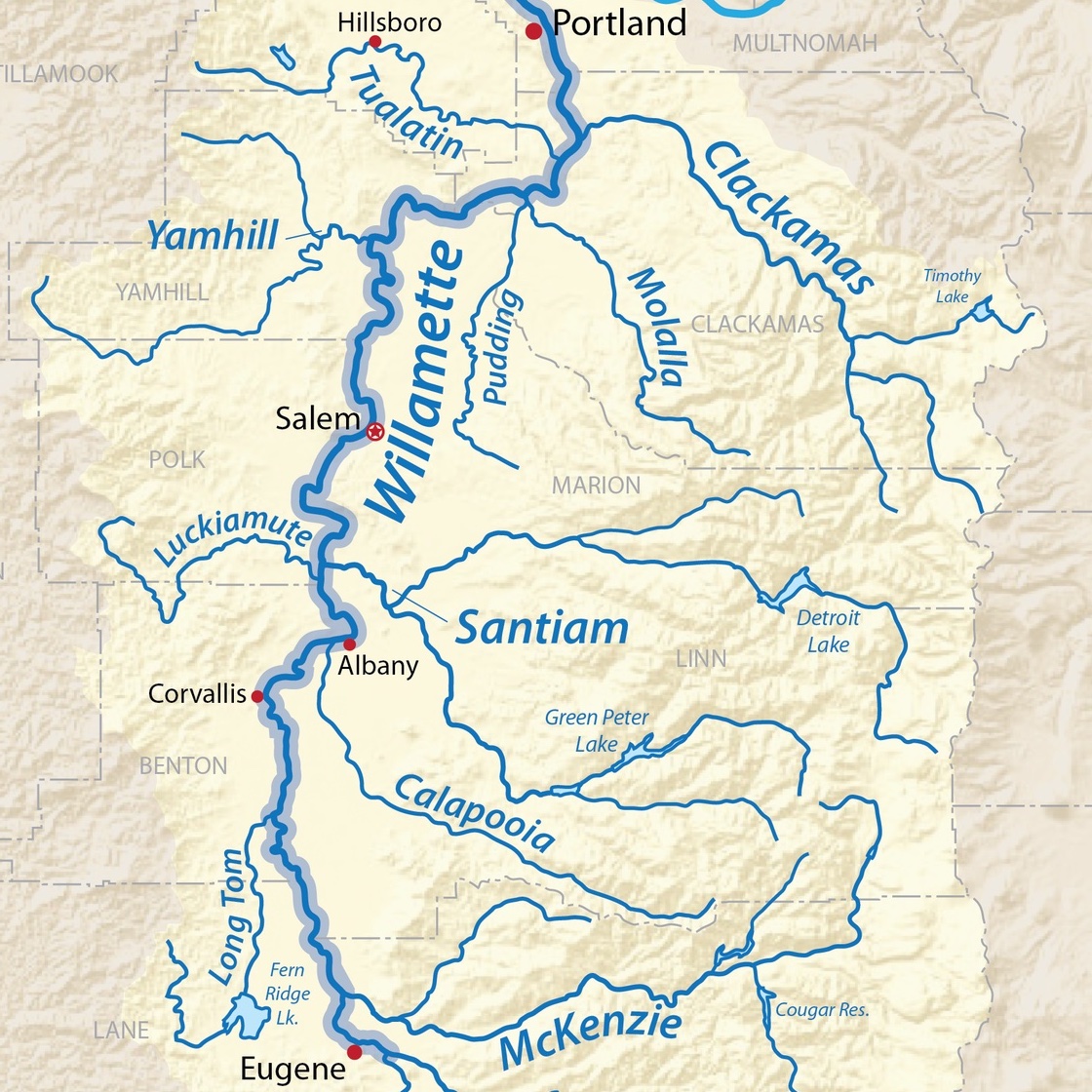Southern Conservation Districts
Overview
Conservation Districts are local, non-regulatory government agencies that provide technical, financial, and educational assistance to landowners, agricultural producers, and communities in managing and conserving natural resources. Established under state law, these districts play a crucial role in environmental stewardship and sustainable land management.
Conservation Districts in the South Willamette Valley
Historical Context
Originating in the 1930s during the Dust Bowl era, Conservation Districts were created to help landowners address soil erosion and natural resource conservation. Today, they continue to evolve, addressing modern environmental challenges and supporting sustainable land use practices.
Roles and Functions
Technical Assistance
- Provide expert guidance on land management
- Offer soil health assessments
- Develop conservation planning
- Recommend sustainable agricultural practices
Environmental Protection
- Soil conservation strategies
- Water quality protection
- Wildlife habitat preservation
- Erosion control
- Watershed management
Community Education
- Workshops and training programs
- Environmental education initiatives
- Landowner consultation services
- Community outreach events
Resource Management
- Natural resource inventorying
- Ecosystem health monitoring
- Climate resilience planning
- Invasive species management
- This page was last edited on 24 March 2025, at 15:19.
